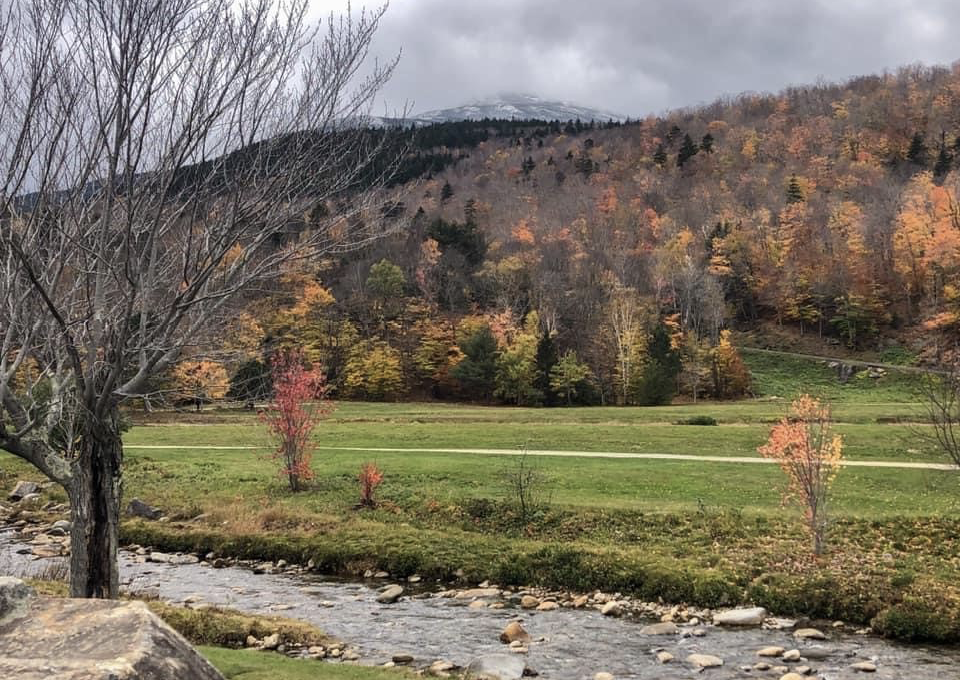Why Leaves Change Color

You don’t need an active imagination to picture Mother Nature using a liberal supply of paint to beautifully color tree and plant leaves as autumn ensues. Every year, we are revisited by the beauty of trees’ changing colors, knowing it is only temporary. Before long, leaves fall and become a part of the rich carpet covering the forest floor. Many people believe that frosts cause this color change, but that is incorrect. In fact, some leaves begin to change before frosts even occur.
Chemical Processes
In spring and summer, leaves serve as food factories for tree growth. This food-making takes place in millions of cells inside miniscule specialized green structures called chlorophyll. These structures give leaves their characteristic green color. These chlorophyll bodies make food for the tree by combining carbon from the air with hydrogen, oxygen, and various minerals in water gathered by the roots.
In the fall, shorter days and cooler weather slow down the vital chemical processes and the leaves’ work ends. Green chlorophyll is broken up into various substances, and any food on hand is sent to the body of the tree to be stored for spring. All that remains in leaf cell cavities is a watery substance containing a few oil globules, crystals, and a small number of strongly refractive bodies. These refractive bodies give leaves the yellow coloring you often see.
Extra Sugar
Often there is too much sugar in leaves to transfer back to the tree. In this situation, the chemical combination of these sugars with other substances produces many color shades, from the brilliant red of the dogwood to the darker red-browns of oaks or the yellows and purples of sweetgum. Pine needles do not necessarily shed at the same time that hardwood leaves do; however, changes in daylight do result in some color shifts. They take on a slightly brownish tinge in the fall that gives way to a lighter color in the spring.
While the leaf is changing, other processes are taking place. At the point where the stem of a leaf is attached, a special layer of cells develops and gradually cuts tissues supporting the leaf. At the same time, this cut heals, so after the leaf falls, there is a scar where it grew on the twig.
Shedding leaves is another provision for winter. After broadleaf trees shed their leaves, branches can more easily support snow and ice accumulations. In the South, where snow or ice accumulation is uncommon, some broadleaf trees are practically evergreen. The conifers—pines, spruces, firs, cedars, and hemlocks—have no definite time for leaf shedding. Their leaves are either needles or scale-like, which helps them shed snow.
Fallen leaves provide a fertile forest floor. Mineral substances in fallen leaves enrich the top layers of the soil by returning elements absorbed by the tree. They also provide lots of humus, which absorbs water and releases moisture slowly over time. If fires burn fallen leaf litter regularly, some nutrient loss will occur due to conversion into gases. On the other hand, burning releases some nutrients back into the soil for easy absorption by tree root systems.
Publication 3812 (POD-09-22)
Revised by Brady Self, PhD, Associate Extension Professor, Forestry; from an earlier edition by Thomas Monaghan, Professor Emeritus, Forestry.
The Mississippi State University Extension Service is working to ensure all web content is accessible to all users. If you need assistance accessing any of our content, please email the webteam or call 662-325-2262.




